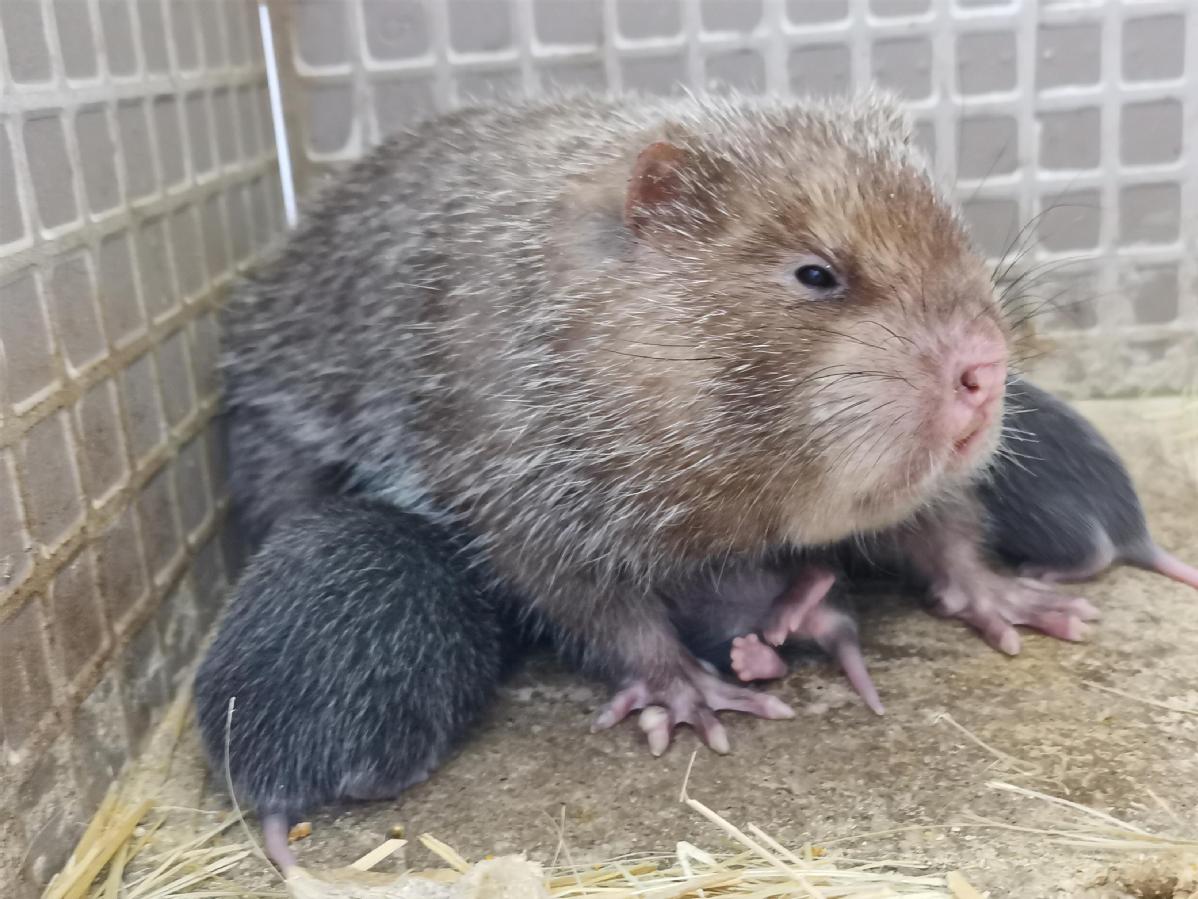Rat breeders worry over their future


Liu Kejun, a senior livestock engineer at the Animal Husbandry Research Institute in Guangxi, estimates there are some 36 million bamboo rats in captivity in the region. With an annual output worth 2.8 billion yuan, the industry in Guangxi employs 182,000 people, including some 19 percent living under the poverty line or who have recently escaped poverty.
The bamboo rat breeding industry in China started in the 1980s, and has expanded significantly since 2010, Liu said.
"In recent years, governments in areas such as Guangxi, Guizhou, Yunnan and Hunan have found the industry a fast and efficient way to shake off poverty. By being offered preferential policies, migrant workers are attracted to return home to join the industry," said Liu, who started to research bamboo rat breeding in the 1990s.
He said the rat meat is popular in some areas, and breeders don't place additives or antibiotics in the rodents' feed. The meat sells for 140 yuan per kilogram in Guangxi-much more expensive than beef.
No vaccines for the rodents are available to prevent common diseases, Liu said, but unlike chickens and ducks for example, bamboo rats rarely fall ill and do not have zoonosis, a disease which can be transmitted to humans from animals.
However, based on his experience, bamboo rats may have some respiratory or enteric diseases. The latter are infections caused by viruses and bacteria that enter the body through the mouth or intestinal system.
In 2016 and last year, the Guangxi government introduced a series of standards for breeding bamboo rats. Some provinces have also set their own standards.























